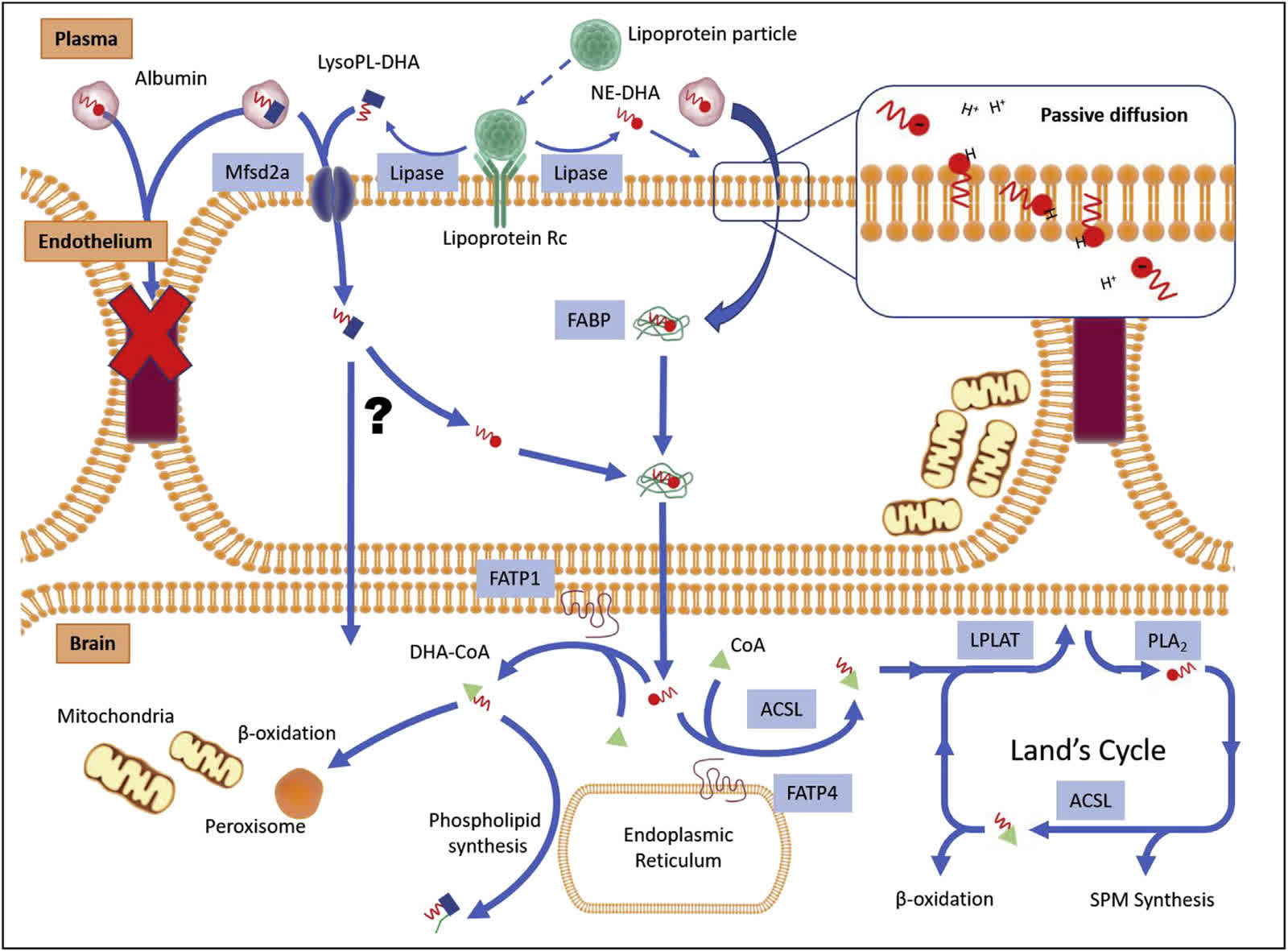Discovery of the role of omega-3s
In 1952, German Klenk & Bongard first discovered DHA in the human brain. [2]
IN 1971, THE LANCET, A WELL-KNOWN CLINICAL NUTRITION JOURNAL, PUBLISHED AN ARTICLE THAT POINTED OUT THE KEY REASON WHY ESKIMOS IN GREENLAND SUFFER FROM ISCHEMIC HEART DISEASE LESS THAN NATIVE DANISHES. It turns out that the vast majority of Eskimos (males) living in Greenland (especially in the north) are hunters and fishermen, and their diet is almost fish and meat, but their blood cholesterol/triglycerides/total blood fat is lower than that of native Danish residents (Greenland is Danish soil), and the difference is more pronounced with age.
The article pointed out that it is the omega-3 long-chain unsaturated fatty acids (EPA/DHA) rich in fish oil that protect the cardiovascular of northern Greenland's residents.


(Greenland's residents and towns, pictures from the Internet, if there is any infringement, please contact Info@ahtk-health.com delete)
Since then, scientists around the world have conducted various studies on the role of Omega-3. It is now clear that the health benefits of omega-3s are manifold. Among them, DHA (Docosahexaenoic acid) is very important for human neurophysiological functions, including the regulation of apoptosis, neuronal development, neural signal transduction, participation in the blood-brain barrier, etc. DHA is the main unsaturated fatty acid in human brain tissue, accounting for up to 40%.

(Schematic diagram of DHA crossing the blood-brain barrier, image from the article Brain docosahexaenoic acid uptake and metabolism)






